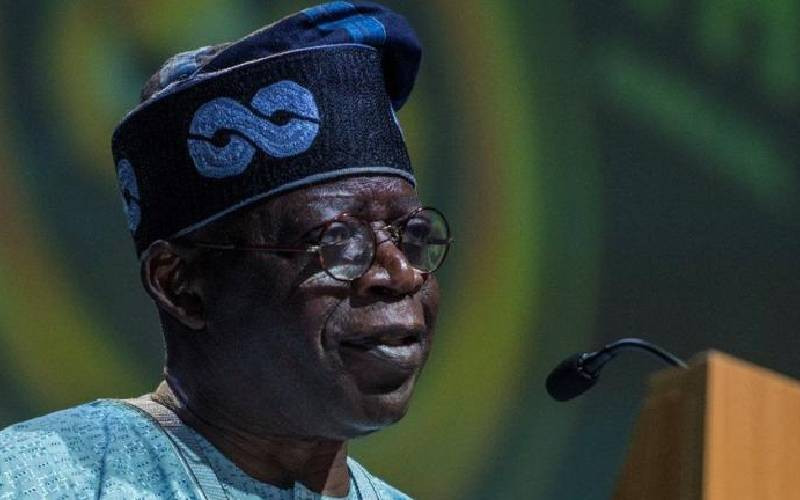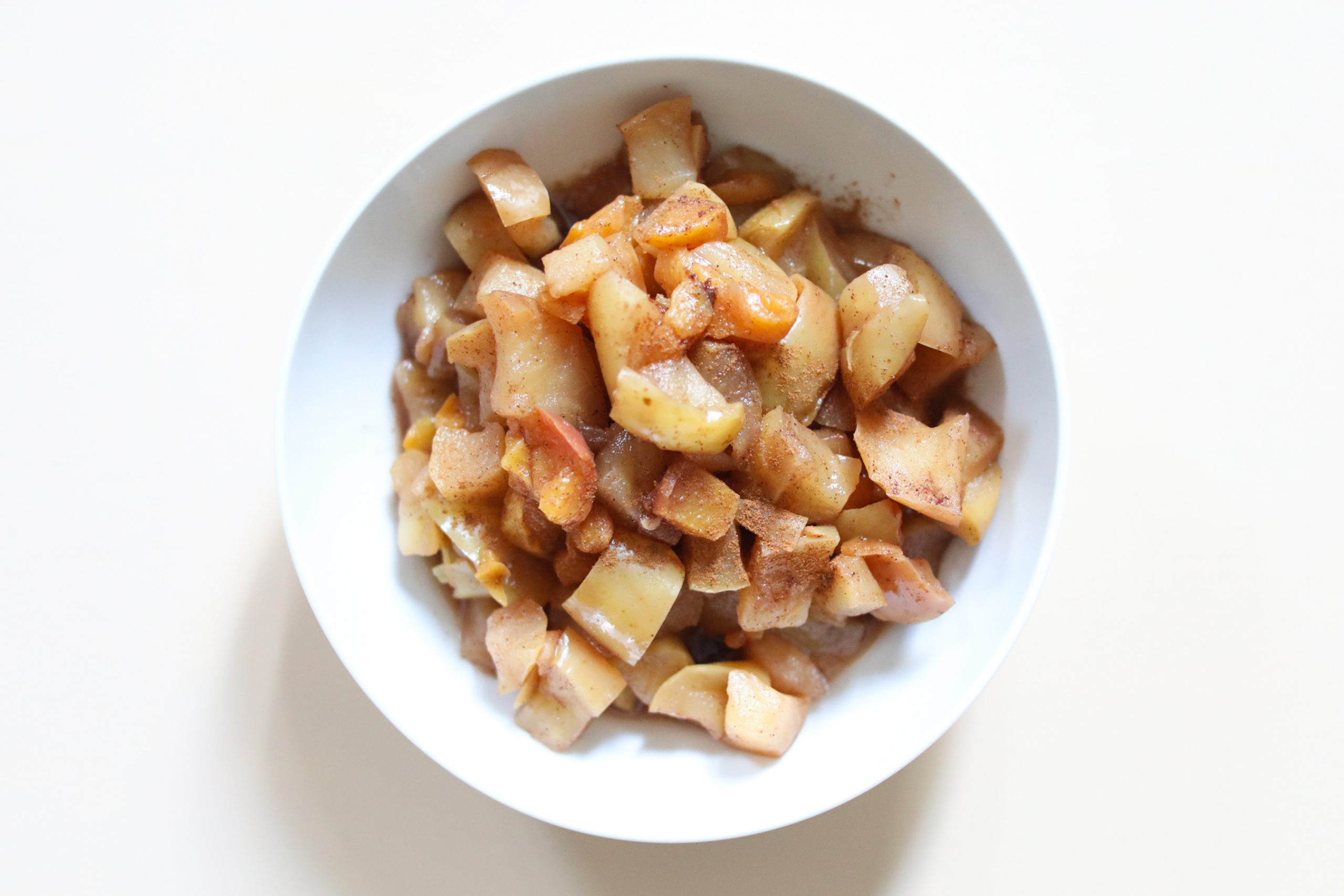Tomorrow Ahmed Bola Tinubu will be sworn in as the 16th President of the Federal Republic of Nigeria. He takes over from Muhammadu Buhari whose two four-year terms as Head of State expire at midnight.
Tinubu will take over amidst a cloud of dust arising from his hotly contested victory in the February Nigeria presidential poll where he only managed a third of the popular vote, losing even in his home State of Lagos, the largest city and commercial hub of the Federal Republic. Nigeria’s administrative capital is Abuja.
Widespread opinion was that Tinubu’s ruling party, the All Progressives Congress (APC) would lose the popular vote because the majority of youth and the working population were deeply upset with high unemployment and sky-high inflation, respectively.
The little saving grace that made the ruling party escape with a narrow victory is that opposition split its’ vote down the middle. The ruling party ran away with one-third of votes at 8.7 million (40.09%) as the opposition split their spoils at 6.9 million (31.80%) for the People’s Democratic Party (PDP) and 6.1 million (28.11%) for the Labour Party (LP).
Opposition failure to unite and present a single candidate was such a letdown to the Nigerian electorate that they reacted with voter apathy that resulted in a paltry 26.72 % turn-out, the lowest since the country’s return to multi-party in 1999.
The goof by the Nigerian opposition was the same as the Kenyan opposition in the first and second multi-party presidential elections in 1992 and 1997, respectively. It was the hard lesson that made the Kenyan opposition unite in the 2002 election and finally clinch victory when they presented a joint candidate in Mwai Kibaki.
Fry in own fat
At the beginning of Daniel Moi’s political career in the 1950s, doyen of Kenyan opposition Jaramogi Oginga Odinga had described him as a “political giraffe with a long neck that saw very far.” In later life, President Moi would describe himself as a ‘professor’ of politics. It was never far from the truth.
When the ruling party KANU was forced to cede to multi-party democracy in November 1991, President Moi gathered his worried political troops at the symbolic Kasarani Sports Complex and told them not to worry because the seemingly formidable opposition would soon “fry in its own fat-like a pig”. “Wata jikaanga na mafuta yao kama nguruwe!” is what he’d said in the local lingua-franca Kiswahili. It surely, step after another, came to pass.
Early in 1992, the nascent Kenyan opposition united in the Forum for Restoration of Democracy (FORD) was a formidable and ‘unbwogable’ (unbeatable) machine. It drew parallels with the once all-time conquering the University of Nairobi rugby team symbolically named the Mean Machine.
Stay informed. Subscribe to our newsletter
The elephant in the room – and where President Moi correctly predicted they would burn their fingers – was in picking a single presidential candidate to face off with him at the first multi-party presidential contest in December 1992.
Within the united original FORD were two factions rooting for different presidential candidates. Nyanza/Western Kenya faction wanted Jaramogi Oginga Odinga to be the candidate as the Mount Kenya region rooted for Kenneth Matiba who at the time was recuperating in a London Hospital suffering from multiple strokes.
Meanwhile, another trouble spot for the opposition sprouted elsewhere: Mwai Kibaki abruptly resigned from the KANU government and formed another opposition outfit, the Democratic Party (DP), against all the wise counsel that he be in FORD.
Then Matiba came back from London in May 1992 only to stoke fires within FORD. Buoyed on by the massive crowds that turned up to receive him at the airport, his troops within FORD dug deeper and demanded it is Matiba-for-the-President and nothing less! The Nyanza/Western faction returned fire by insisting it had to be Jaramogi Odinga for President or no deal at all!
Three-horse race
The inevitable parting of ways happened in FORD giving way to Matiba’s FORD ASILI (Ford-A) and Jaramogi’s FORD-KENYA (Ford-K). Now the opposition was split three ways – Ford-A, Ford-K, and the DP. KANU had a reason to smile all the way to the ballot!
Actually, there were KANU’s hands and footprints all over in the opposition split. When Kibaki applied to register the opposition DP party, the State-controlled Office of the Registrar of Political Parties processed the application in a record 24 hours! Further, DP’s inaugural rally at the Uhuru Park grounds was given full play by the State-owned and the only country’s television station at the time KBC TV.
Elsewhere, on the day Matiba returned from London, the State clandestinely mobilised the massive crowd turn-out at the airport. The idea was to give Matiba a false image of a massive following and deceive him that he could make it alone, which is what hastened the split in FORD.
In the ground team that secretly stage-managed Matiba’s thunderous reception at the airport was youthful Rigathi Gachagua, then a special District Officer (D.O.) stationed at Harambee House. Recently he bragged that he is a born mass organiser. In the language of the Sicilian Mafia they would call him a reliable gun-for-hire!
In his memoir years later, then US ambassador to Kenya, Smith Hempstone discloses how he’d pulled every string behind the scenes to have opposition have a joint candidate to face off with KANU’s Moi but to no avail. Nobel laureate Prof. Wangari Maathai too had burned calories and foamed at the mouth to get the opposition united but nothing doing.
Strange but naïvely, each of the Big-3 opposition candidates believed they would hack it on their own. How?
Come the 1997 presidential election, one would have expected the opposition to have learnt their lesson and would front one candidate. Nope.
This time around there were four not three strong opposition candidates lined up against KANU’s Moi. They included Kibaki (DP), Raila Odinga of the Liberal Democratic Party (LDP), Michael Wamalwa (Ford-K), and Charity Ngilu of the Social Democratic Party (SDP).
Frustrated, even the failed unity broker of the 1992 election, Prof. Wangari Maathai decided to throw her hat in the ring as well. She was among the fringe presidential candidates in the 1997 race who included, among others, Martin Shikuku, Kimani wa Nyoike, Koigi wa Wamwere, and George Anyona. There were record 14 names on the presidential ballot that election!
Seen light
Election common sense that had escaped the opposition in 1992 and 1997, at last, prevailed in the countdown to the 2002 election.
Kibaki, Wamalwa, and Ngilu were first on the Road to Damascus when they agreed to form a united front they called the National Alliance of Kenya (NAK).
Next came knocking the Raila-Odinga-led group of rebels who had bolted from a failed KANU-LDP merger. Kibaki and Raila teams came up with the joint outfit they called National Rainbow Coalition (NARC). They held a famous October 14, 2002 rally at Uhuru Park where Raila led in the Kibaki-Tosha declaration whereby the opposition agreed to field a joint single candidate in Mwai Kibaki. The rest is history.
Significantly the African Union (AU) Election Mission to Nigeria tasked to monitor the February elections was headed by Former President Uhuru Kenyatta. He would have wanted Nigerian opposition to learn from their Kenyan counterparts but be dispatched to Abuja when the election train had already left the station. Hope he catches up with it before the next election four years down the line and manages to unite the opposition.




















Discussion about this post